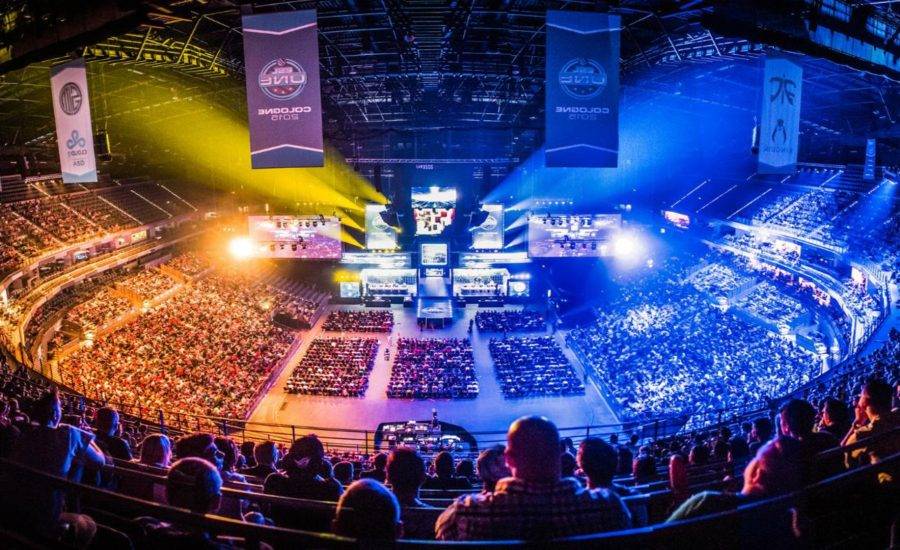Esports is a rapidly growing industry, with revenues projected to reach $3 billion by 2025. However, despite this growth, the industry has been hit hard by the COVID-19 pandemic, with many organizations facing financial difficulties and laying off staff.
The pandemic has forced the cancellation or delay of many live events, the lifeblood of the esports industry. This has led to a significant loss of revenue for organizations, as well as for the players and teams that rely on these events for income. In addition, the shift to online play has led to a decline in viewer engagement, as the lack of a live audience has taken away from the excitement of the matches.
As a result, many organizations have been forced to make difficult decisions in order to stay afloat. This has included layoffs of staff, as well as cuts to player salaries and reduced investment in teams and leagues.
One of the most high-profile examples of this is the recent layoffs at Team SoloMid (TSM). In August 2020, TSM announced that it would be laying off a significant portion of its staff, citing the impact of the pandemic on its finances. This included coaches, analysts, and other support staff, as well as some players.
Another example is Overwatch League team Dallas Fuel, which announced layoffs in October 2020, citing the same reasons. The team laid off its entire coaching staff, as well as several support staff members.
These layoffs are not limited to North America, with European organizations like G2 Esports, Fnatic and Mousesports also making cuts to their staff.
The impact of these layoffs extends beyond just the individuals who have lost their jobs. It also has a ripple effect on the industry as a whole, as the loss of experienced staff and reduced investment in teams and leagues can lead to a decline in the overall quality of play.
In addition, the reduction in player salaries and support can make it difficult for players to maintain their skill level and continue competing at a high level. This can lead to a decline in the overall competitiveness of the esports scene, making it less attractive to both fans and sponsors.
Despite the challenges faced by the esports industry, there are still reasons to be optimistic about its future. The industry has shown tremendous resilience in the face of adversity, and there are signs that it is starting to rebound.
For example, online viewership for esports has continued to grow, despite the challenges posed by the pandemic. This suggests that there is still a strong demand for esports content, and that fans are willing to engage with the scene even in the absence of live events.
In addition, many organizations and teams are starting to explore new revenue streams, such as sponsorships and merchandise sales. This can help to offset the loss of revenue from live events, and provide a more stable financial foundation for the industry.
Finally, the industry is also starting to see an influx of new investors, who are attracted by the growth potential of esports. This can provide much-needed capital for organizations, and help to support the development of the industry.
In conclusion, the esports industry has been hit hard by the COVID-19 pandemic, with many organizations facing financial difficulties and laying off staff. However, despite these challenges, the industry is showing signs of resilience and is starting to rebound. With new revenue streams, new investors, and continued growth in online viewership, there is still reason to be optimistic about the future of esports.


































